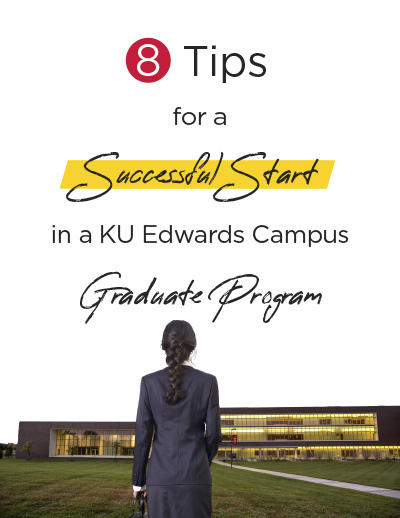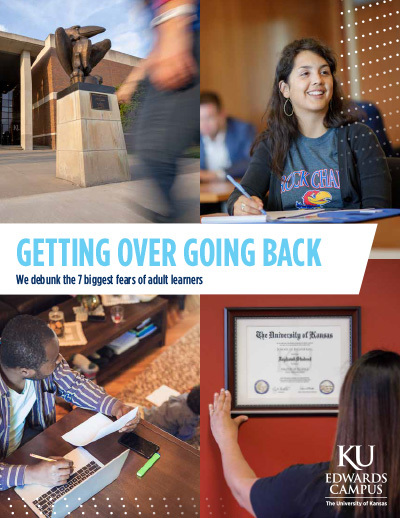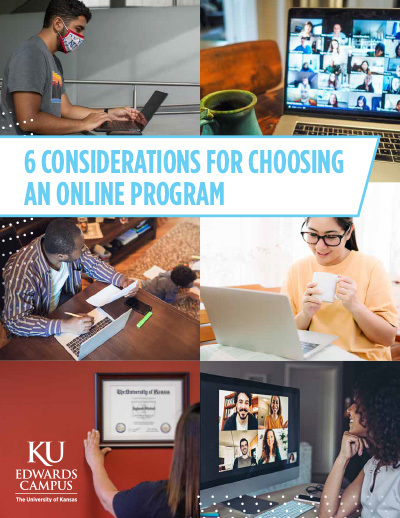Unraveling college financial aid mysteries

Three Steps to Paying for a Master’s or Bachelor’s Degree
Are you hearing reports that you don’t need a college degree? Or that your master’s degree isn’t worth the cost? It’s true that higher education costs have risen, but both scholars and statistics back up the positive benefits of earning a bachelor’s and a master’s degree. And this makes it even more important to maximize your financial aid opportunities for college.
According to a College Board annual survey, the average published tuition and fee charges rose by $930 (in 2018 dollars) at public two-year colleges, by $2,670 at public four-year institutions, and by $7,390 at private nonprofit four-year colleges and universities between 2008-09 and 2018-19. U.S. News reports the average cost of tuition and fees for the 2018–2019 school year was $35,676 at private colleges, $9,716 for state residents at public colleges and $21,629 for out-of-state students at state schools. In addition to the tuition and fees, students must come up with the funds to pay for housing, food, books, transportation and more.
The rising and high costs of a college degree are not only a challenge for some high school students wanting to prepare for a career, but also for the working professional who wishes to move up or change professions by earning a master’s degree. But the latest research report chronicles the many benefits of higher education including work compensation, job opportunities, health-related behaviors, civic participation, reliance on public assistance programs and more. This data supports the importance of higher education for all.
“We understand the importance of higher education both for our society and for individuals. Our first priority is to promote student and learner success at any age,” said David Cook, Vice Chancellor at the University of Kansas Edwards Campus. “We are here as the place for Kansas City area adults to achieve high levels of student satisfaction through high-quality educational programs – whether that satisfaction comes from personal fulfillment or increased salary.”
In the first quarter of 2019, the Bureau of Labor Statistics (BLS), reported that full-time workers age 25 and over with a high school diploma had median weekly earnings of $739 compared to $1,350 for those holding at least a bachelor's degree. In addition to the additional income earned with increasingly higher levels of education, the BLS projects careers that require a bachelor’s and master’s degrees will grow faster than the average projected growth for all occupations.
Because of the importance of higher education, it is equally as important to secure as much funding a possible. Students have a wide range of options to help make the journey more affordable. Financial aid in the form of grants, scholarships, loans and more generally come from federal and state governments, colleges and universities, and private organizations. Securing financial aid can be confusing, so here we unravel the mysteries of securing financial aid from these three sources:
Step 1: Resolve to Complete the FAFSA
Completing the Free Application for Federal Student Aid (FAFSA) can be pretty mysterious to the first-time college applicant. However, you must resolve to complete this important application as it is the first step for anyone planning to attend any college. The FAFSA is a free online application that collects information about you and your household via your most recent income tax return and allows you the opportunity to qualify for various types of financial aid. Whether you’re the wealthiest kid on the block, or just scraping by, ALL students planning to attend college should complete this important step. Here’s why.
The FAFSA is the foundational tool for paying for both an undergraduate or a master’s degree as it’s used to determine all types of financial aid. Not only does completing the FAFSA make you eligible for low-interest federal loans, it also is your path to win federal Pell grants and other gift aid that does not have to be paid back. In addition, many states, organizations, colleges and universities rely on information from the FAFSA when considering their own various scholarships and aid packages. Plus, it is free to complete and requires just a small amount of your time.
What is also mysterious is that not everyone thinks completing the FAFSA is that important. In fact, in a study outlined in a Jan. 14 Inside Higher Ed online article, researchers found only 65 percent of students or their parents filled out the FAFSA.
There are several reasons parents and students choose not to complete the FAFSA, according to José Trujillo, assistant director of financial aid and scholarships at the University of Kansas Edwards Campus (KUEC).
“Oftentimes, students or their parents, and especially adult learners don’t think they will qualify for federal aid,” Trujillo said. “There is also the idea that the FAFSA application is too confusing, difficult and/or time-consuming to complete. And, some are just worried about going into more debt.”
Trujillo and the other academic advisors work with prospective students of all ages to help them outline a path for paying for college, with FAFSA completion always at the top of the list.
“We offer phone or in-person appointments for students who need assistance with completing their FAFSA,” Trujillo said. “Students just need to contact the Welcome and Student Success Center to schedule an appointment to get any help they need.”
By applying online, you can keep track of your application process and even connect with the IRS to automatically fill in the data from your latest tax return so you know you have the correct information. The 2019-20 FAFSA application will be available on Oct. 1 and it’s important to complete it as quickly as possible for the best chance at maximum financial aid. You can estimate your tax information from the most recent year and then update it after you file your 2019 return.
After you submit the application, your data is analyzed using the current federal need formula and you are provided with a Student Aid Report (SAR) that outlines both the free aid and the parent and/or student loans you are eligible for. It is up to you what portions of the offer you wish to accept or how much of any loans you wish to borrow. Completing the FAFSA does NOT lock you in to accepting any loans or other financial aid.
Step 2: Untangle Individual College’s Financial Aid Opportunities
By the time you complete the FAFSA, you should have an idea of which colleges you are applying to. Now it’s time to visit each of those college websites and untangle all of the scholarship opportunities they offer for their school. Every college has scholarships available that are funded by the college, various departments, graduate schools, and alumni that you may qualify for. Sometimes, these universities will utilize the FAFSA application for selecting a recipient, but oftentimes they require a separate application and/or additional information such as an essay.
Graduate schools often have their own scholarships for students wishing to pay for a master’s degree in that area of study, especially for fields that are in high demand. Check with the department for possible grants or scholarships available. You can also contact associations related to the profession you wish to study for potential scholarships or grants. You’ll find access to even more grants at the government grants webpage.
Step 3: Learn How to Compete for Private Scholarships
When today’s college education can cost thousands of dollars a year, this last step may not seem worthwhile due to the lower amounts these scholarships sometimes pay out. But if you’re dedicated to funding your future with a college education, every dollar should count. By applying for your local scholarships, you can earn several thousands of dollars!
If you’re still in high school, the first go-to source for local scholarships is your school counselor. They will likely already be compiling a list of local scholarships available to students at your school. Organizations and personal interests such as the local Kiwanis Club, the scholarship in the name of a retired teacher, or the local chamber of commerce offer scholarships ranging from $250 to $2500 or more.
There are also online sites that compile local scholarships that may be a good fit for you. At Peterson’s, you can search for more scholarships that fit your individual situation by filtering available scholarships by school, ethnicity, gender, field of study, state and more! You may find this article on 150 available scholarships helpful. And ProFellow and Best Master’s Degrees offer even more graduate scholarships and funded fellowships to pay for master’s degrees.
Take the time to read the applications and thoughtfully reply to the questions they ask. You may be required to write essays, gather letters of recommendations and compile a list of your achievements that highlight your best qualities. Be sure to answer every question or part, proofread, stick to any word count limits and submit on time!
Get Your Graduate & Undergraduate Financial Aid Guide Today
Still looking for ways to maximize your financial aid for college? Grab KU’s Financial Aid Guide today and start planning your pathway to success at KUEC. It offers seven tips to help guide you through the financial aid process. From Environmental Studies to American Sign Language, KU Edwards offers 50+ degree and certificate programs for in-demand careers. Our evening classes and flexible coursework make it easy for you to juggle work, family and life while earning a University of Kansas bachelor’s or master’s degree. Award-winning academic advisers are standing by now to show you how to Rise Up at Kansas University in Kansas City. Get started now.





